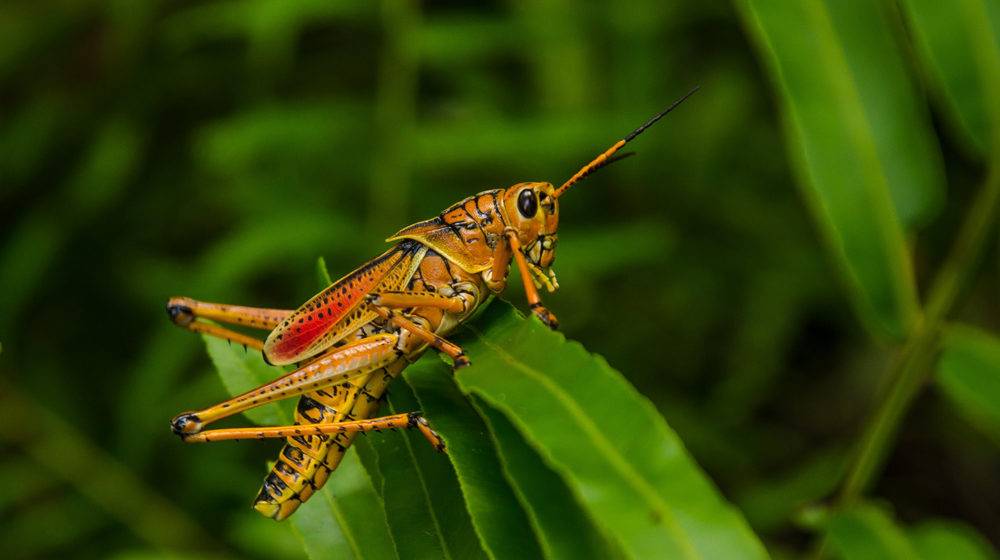
Ah Spring! At the end of a long freezing winter, what could be better than the warming days that signal spring’s arrival? Well, spring’s arrival without insects and other pests wouldn’t be bad.
Unfortunately, the bugs and pests are coming and it’s time to be on the lookout. In the springtime, the minds of pests – not unlike many other species – turn to breeding and colony expansion. The good news is that most are not harmful to people or property but still, some are. Either way, life is usually better without them. Here are some pests to be especially alert to.
Fleas and Ticks
Both ticks and fleas can infest your home, even if you don’t have pets. They will bite humans and both carry a variety of diseases. Of particular concern is the Rocky Mountain Wood Tick, which can spread several serious illnesses including Lyme disease.
Ants
Although ants are present all year-long, spring generally marks the time when colonies are growing and on the move, in search of new food supplies, water, or shelter. Ants are often found in or near the kitchen or bathrooms, having gained access through small gaps around the home’s perimeter.
Spiders
Most spiders are not a threat to humans and are, in fact, beneficial because they consume other insects. Some species of spiders can be dangerous however, so be on the lookout for these undesirables. Black widow spiders have a bite that can be, in extreme cases, fatal to humans. The Hobo spider, a type of Brown Recluse, may also be dangerous.
Termites and Carpenter Ants
Both termites and carpenter ants destroy wood structures and can cause significant damage to homes, garages, sheds, or other buildings. These pests do their dirty work inside the walls. Watch for telltale piles of sawdust or termite “trails,” which may be attached to concrete stem walls or dangling from the ceilings of infested structures.
Rodents
Rodent infestations are not only undesirable but also have significant potential for the spread of serious disease. Mice, rats, and voles are of primary concern. Damage to property, including the chewing of wires (which poses a fire hazard), and even the potential to attack humans are some of the reasons to be on the lookout for these pests.
Others
Several other species offer the potential for problems. Be on the lookout for Africanized honey beehives too near your home, for bed bugs, carpenter bees, centipedes, European wasps, yellow jackets, hornets, and scorpions. More information on these and other pests can be found on places like the Utah State University Extension’s pest site.
The most effective way to eliminate dangerous (or even annoying) insects and other pests is to engage the services of a reputable pest control service that is familiar with the buds and rodents unique to your area. Periodic, preventive treatment will make sure a pest-free spring, and, should some sort of infestation be identified, specialized, targeted treatment will have you and your family back outside and enjoying the warm weather in no time.
